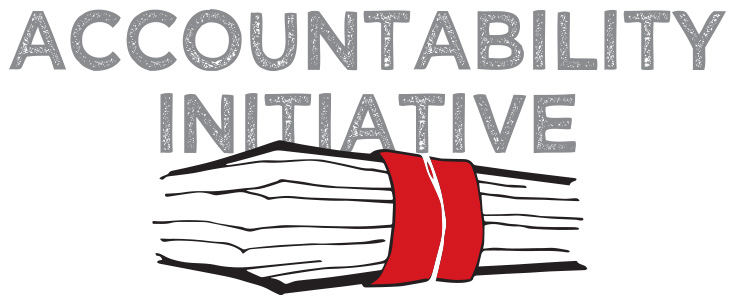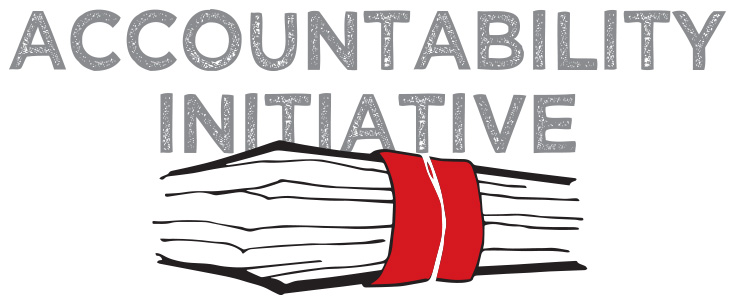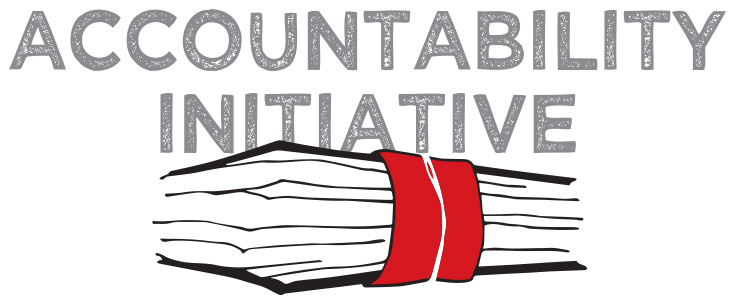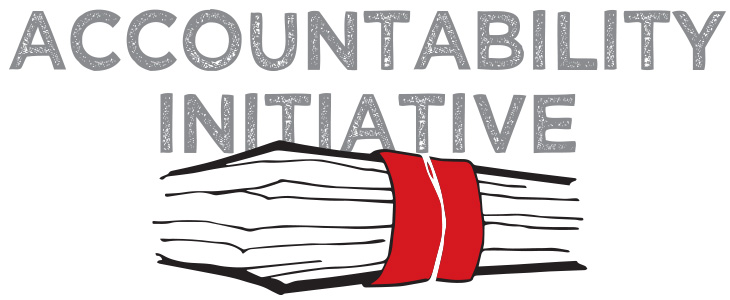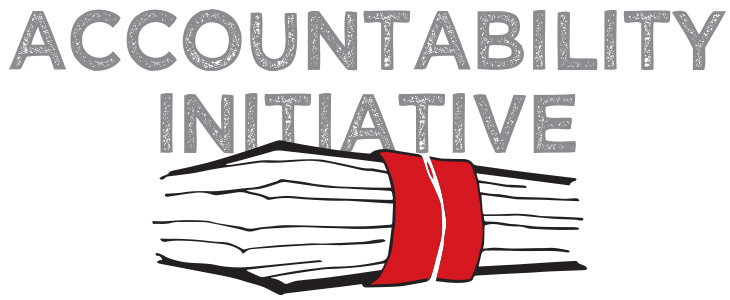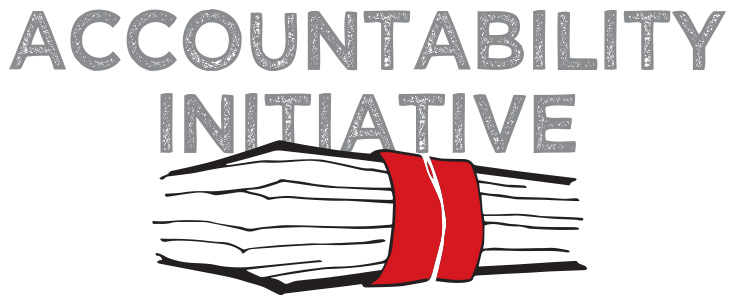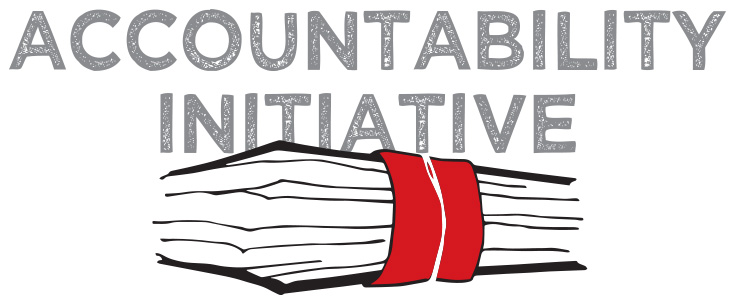“The Somebody Else’s Problem field is much simpler, more effective (in making something properly invisible) … This is because it relies on people’s natural predisposition not to see anything they don’t want to, weren’t expecting, or can’t explain.”
Douglas Adams, The Hitchhiker’s Guide to the Galaxy
Three years ago, the Right to Free and Compulsory Education (RTE) Act[1] placed significant responsibilities on elected parents of students, representatives from the school staff (including the headmaster) and the community when they created School Management Committees[2] (SMCs) in every government school.
These committees were and continue to be created with the intention of devolving school-level planning, management, and expenditure of grants to the community level. As part of their responsibilities, each year SMCs create a School Development Plan (SDP) to guide school level expenditure. This plan also becomes the basis on which district and state administrations plan for elementary education that year.
However, anecdotes from the field suggest that SMCs are not functioning according to the ideals met in the RTE Act. Conversations with headmasters and the SSA administration have revealed that one of the biggest problems is that parents are not willing to participate in school level planning. SMC members do not attend trainings held by the SSA administration, are often absent from meetings in the school and are unwilling to participate in creating SDPs. This post is an attempt to understand some of the problems that make SMCs unwilling to participate in the school level planning process, based on recent field-visits to Himachal Pradesh and Rajasthan.
Few incentives to plan
During our last visit to Rajasthan, with a journalist who wanted to learn more about the PAISA study, a headmaster told us that the SDP had not helped them get the facilities they needed for the school. The headmaster had been repeatedly recording requests in the SDP to raise the level of the school’s playground to match that of the road that ran outside. For the last two years, the requests were ignored; and, like clockwork, the rains came and flooded the school’s premises every year, making it hard for students and teachers to get to their classrooms. When asked what he could do about it, the headmaster said that he would put the request in their Plan again the next year, but try first to ask the Panchayat for help.
Few incentives to provide feedback
Minutes later, the SMC President who was seated in the same room, and had been intently listening to our conversation, was asked what he thought of the SMCs ability to make a difference. At that moment, he looked nervously at the headmaster and assured us that things were going rather well; that the SMC members met regularly and worked towards a sound SDP, based on which the school’s requests were met. Considering the school’s playground was a mud track several inches lower than the concrete road that ran outside, it became apparent that the headmaster was telling us the truth about SDP. The SMC president on the other hand, gave us a version of reality that was easier to digest – that the ideals enshrined in the Act have been met. However, in a situation like this one, unless there is an incentive to evaluate and verify conflicting stories on the ground, it is hard to assess what the truth really is.
Few incentives to evaluate
In Himachal Pradesh, a State-level education official told to us that SDPs were neither evaluated nor collated at the State-level. Moreover, a district-level official admitted that SMCs’ plans rarely find their way past the block office to the district office. The reason was that the State and district administration did not have the capacity or the need to take into consideration the nuances in the SDP. To meet the needs of a centralised planning system, which allocated resources based on aggregated reports, the State needed to use DISE[3] data, which neither prioritises the urgent needs of the schools, nor offers the granularity that SDPs promise. The official was aware that if the Plans continued to be overlooked, it would eventually dissuade community members from planning for the school altogether, but did not know what he could do about it at present.
Perhaps the first step to incentivise SMCs to participate in school-level planning is to admit that not all SMCs have been able to make plans, and that not all of these plans have been able to reflect the needs of the schools. Moreover, even when plans have reflected the needs of the school, it has been difficult for local-level administrations to incorporate the school’s plans into a rigid planning system. However, recording feedback from all the levels in the administration and the community is harder to do than tracking the lacunae in infrastructure or teaching staff at the school level.
When presented with the challenge of reporting progress on meeting policy directives, SMCs should be able to report to Block Officials on the extent to which they are prepared or willing to work with a school. Blocks should be able to report to Districts which of their schools need more support or training. Districts should be able to tell the State which blocks require greater financial and physical assistance, and finally, the State can decide with the Centre if they truly are closer to the ideals enshrined in the RTE Act.
Unless there is an incentive to report on the nuances of community participation (or lack thereof) SMCs will soon slip under, what Douglas Adams effectively called, ‘The Somebody Else’s Problem field.’
[1] This link leads to the RTE Act http://mhrd.gov.in/sites/upload_files/mhrd/files/rte.pdf
[2] This leads to a blog post that provides more information about SMCs, their functions and powers: http://www.accountabilityindia.in/accountabilityblog/2510-empowering-schools-and-school-management and this leads to State specific rules on SMCs: http://mhrd.gov.in/smc
[3] District Information System for Education (DISE) is a computerised management information system, with the school as the unit of data collection. Every year, headmasters fill in a standardised format that feeds into the DISE database available here: http://dise.in/index.htm


